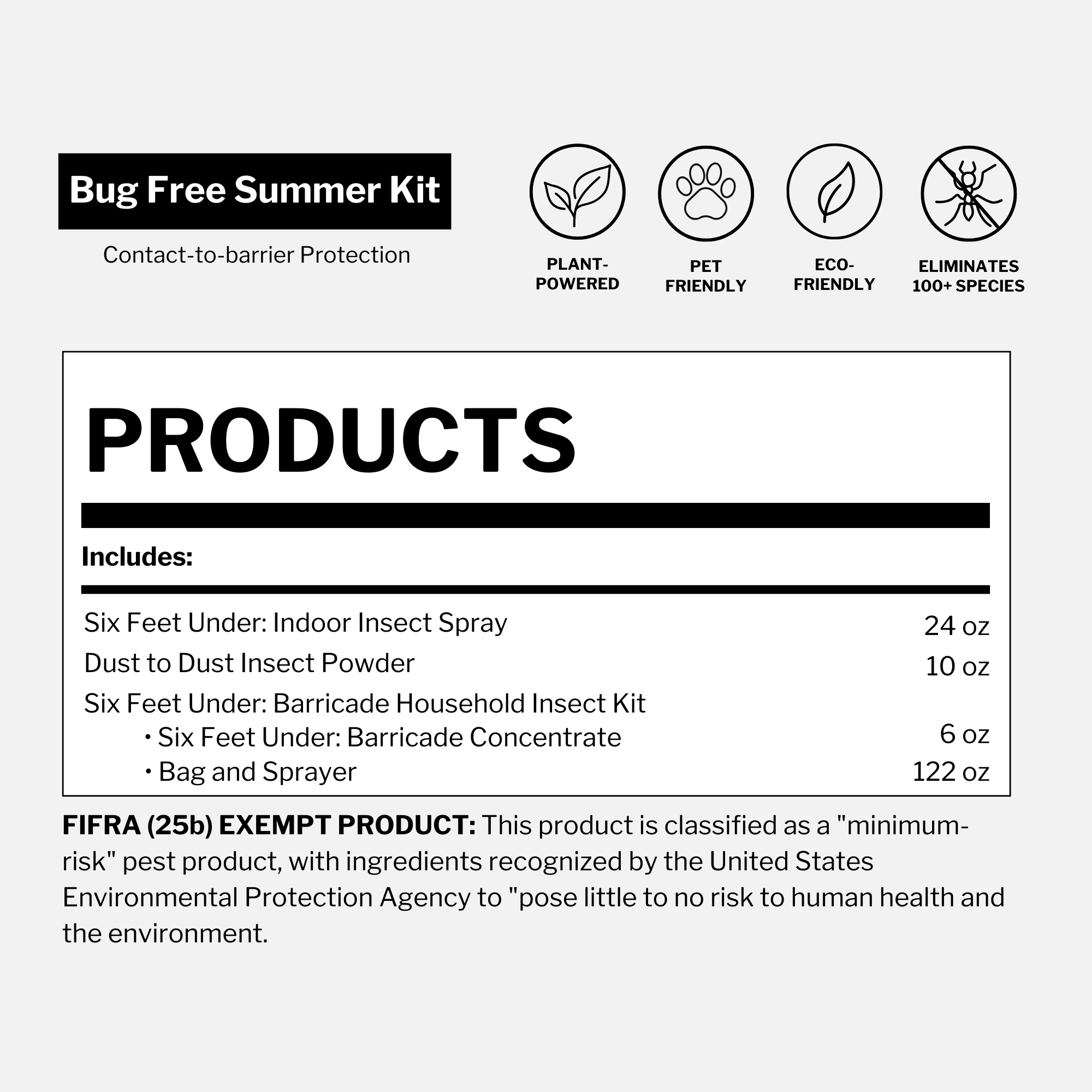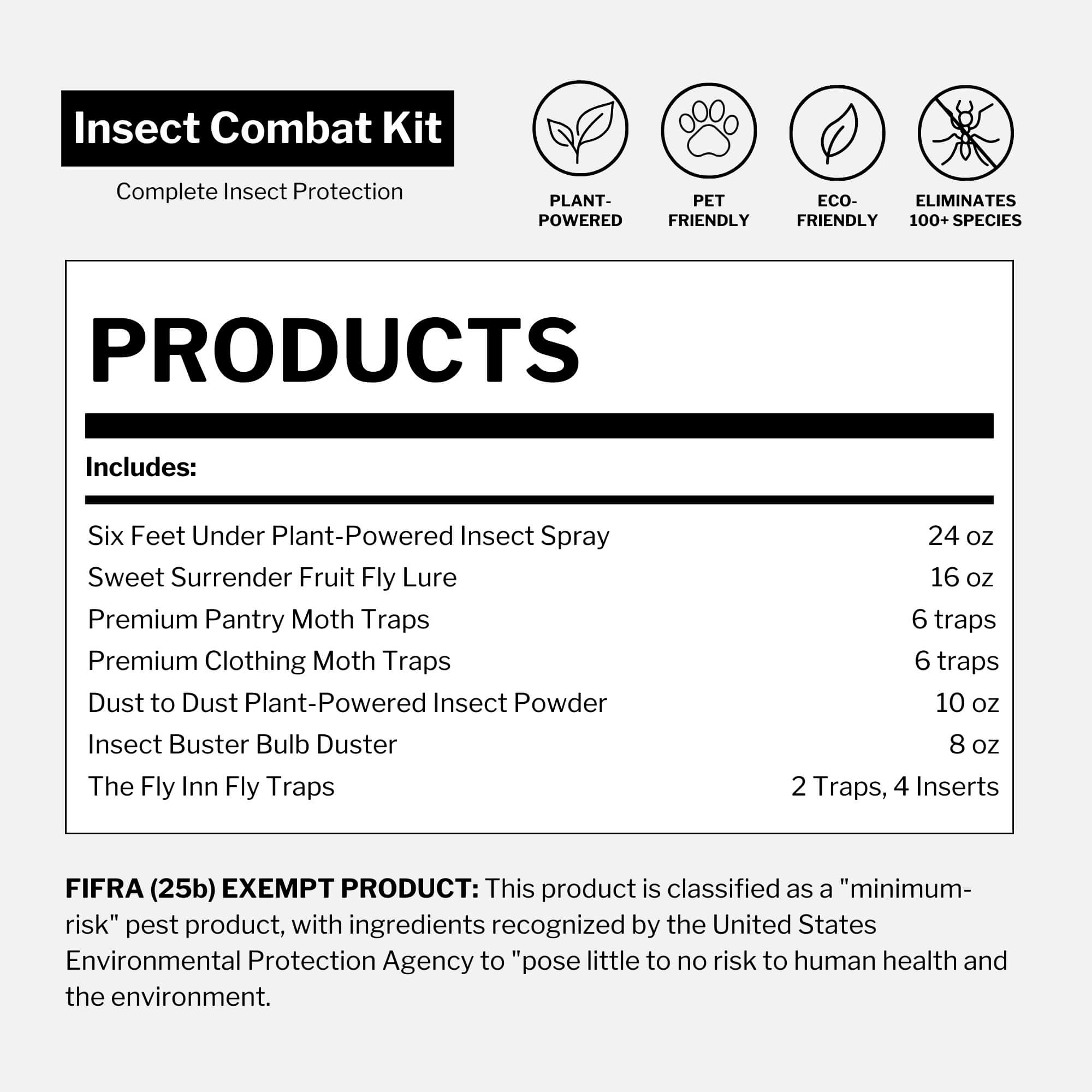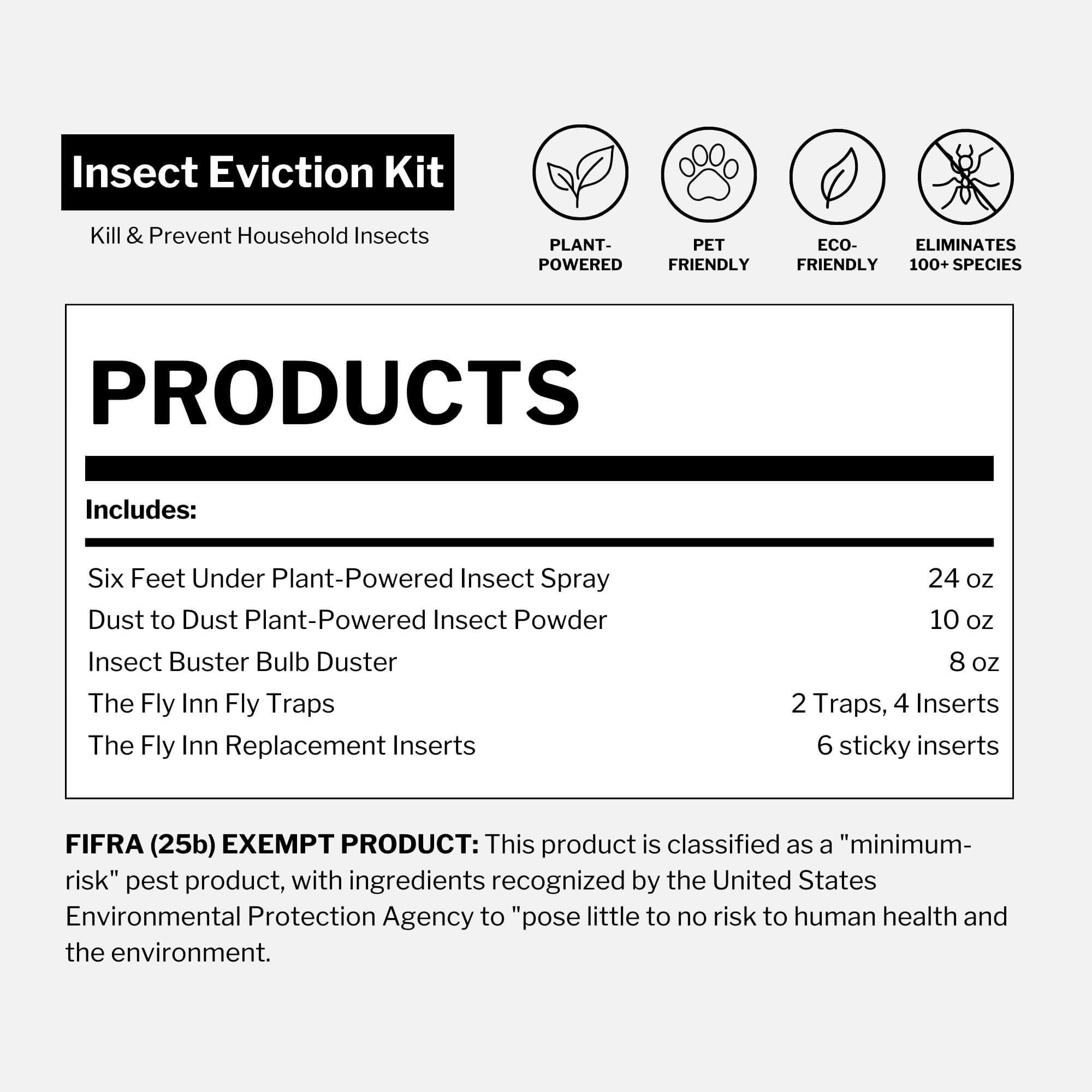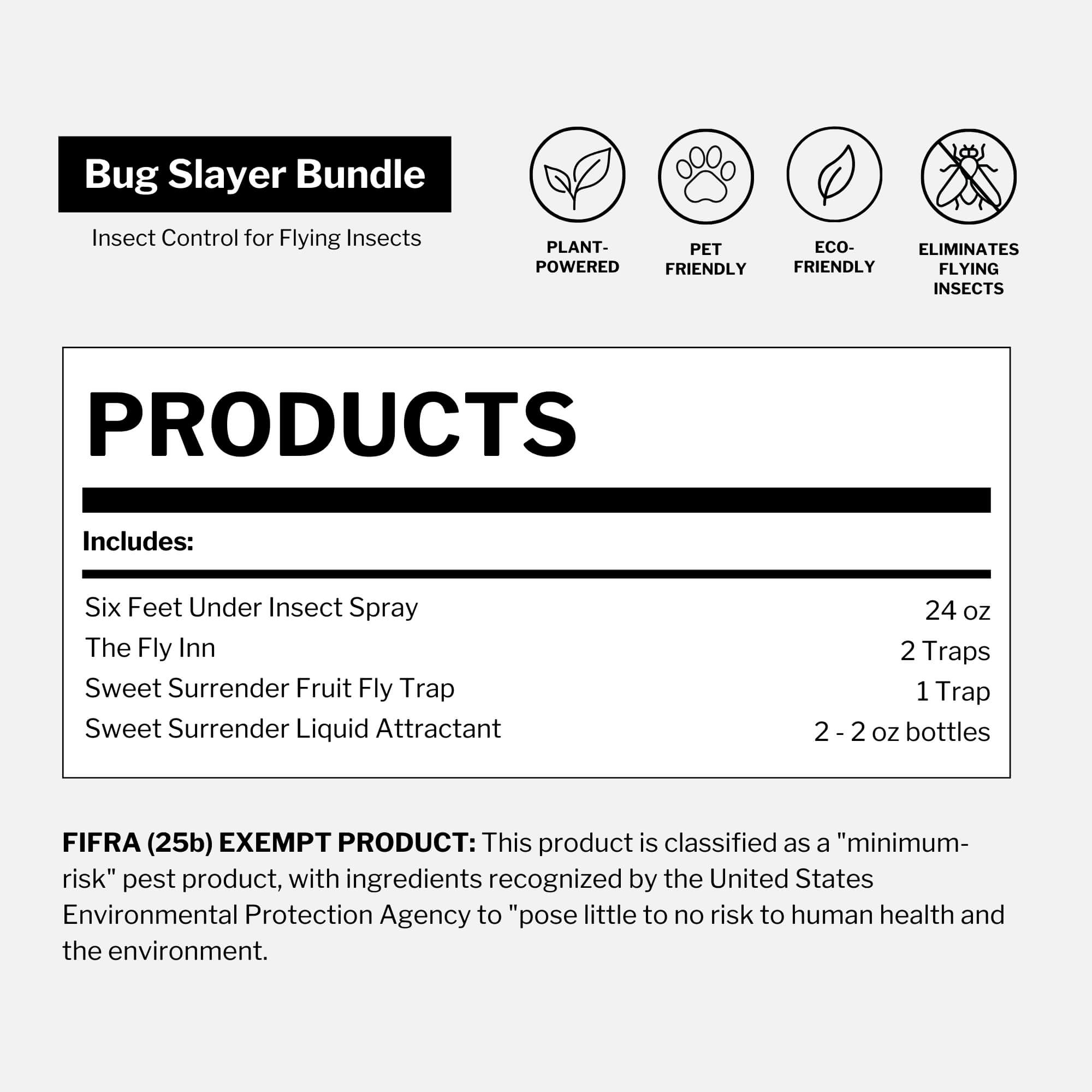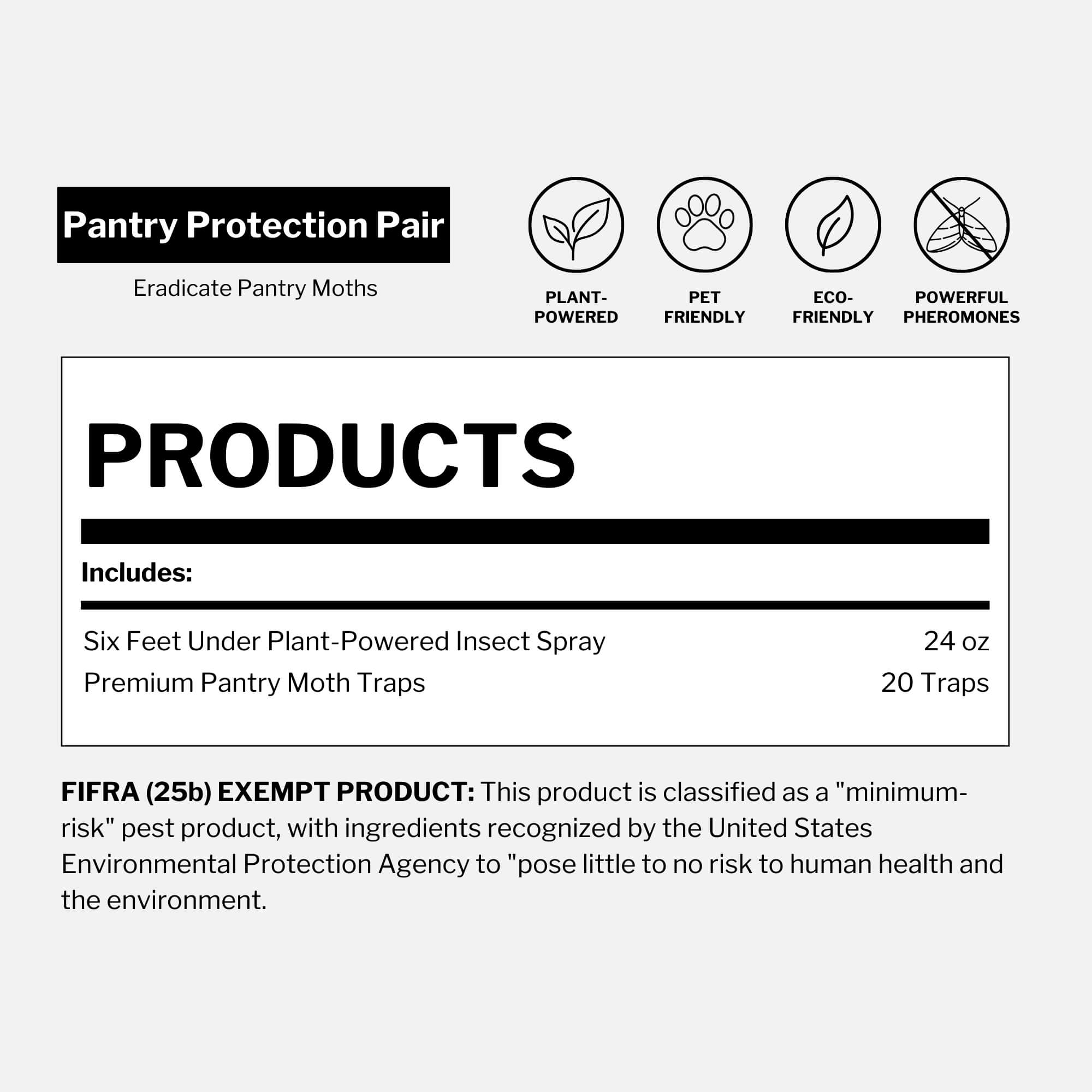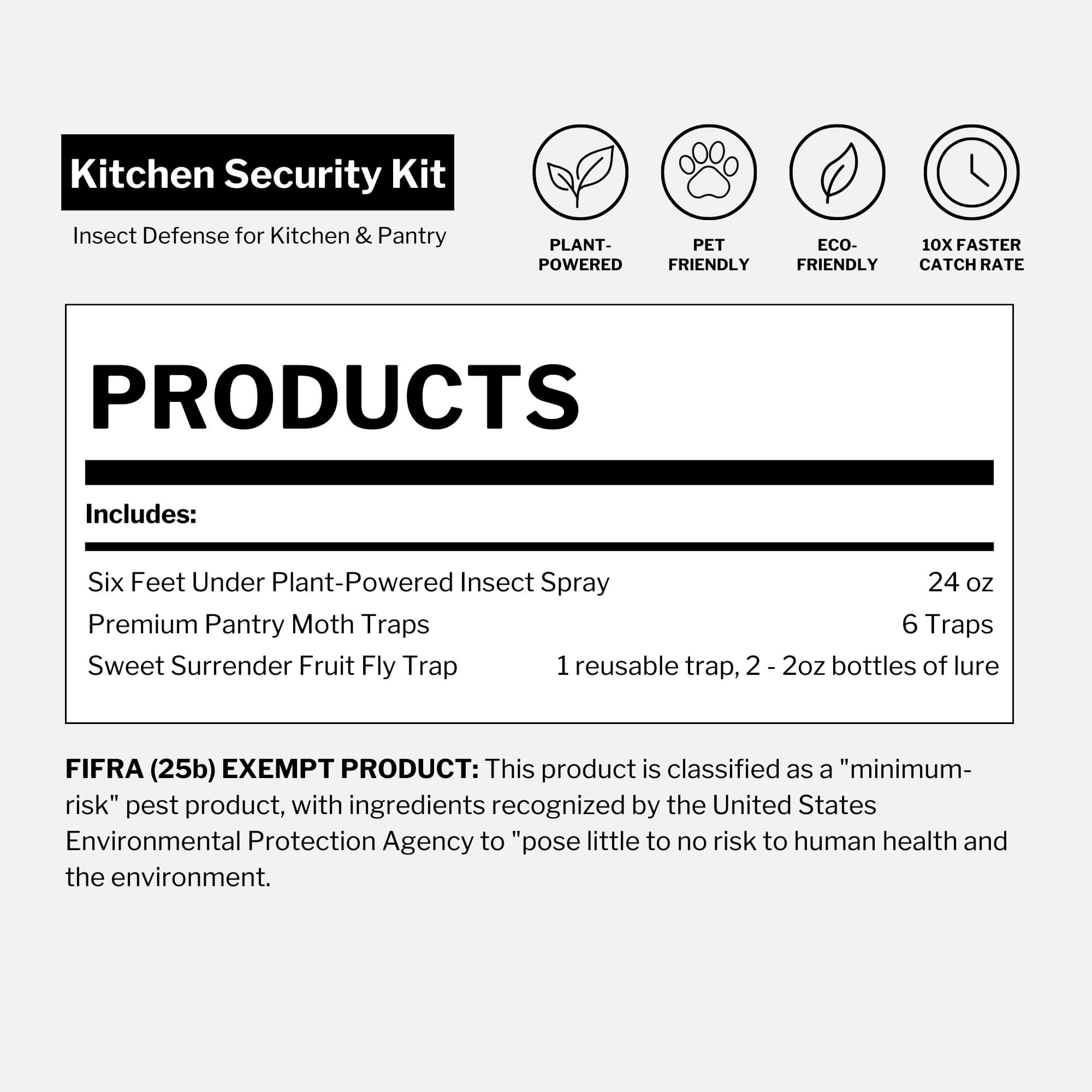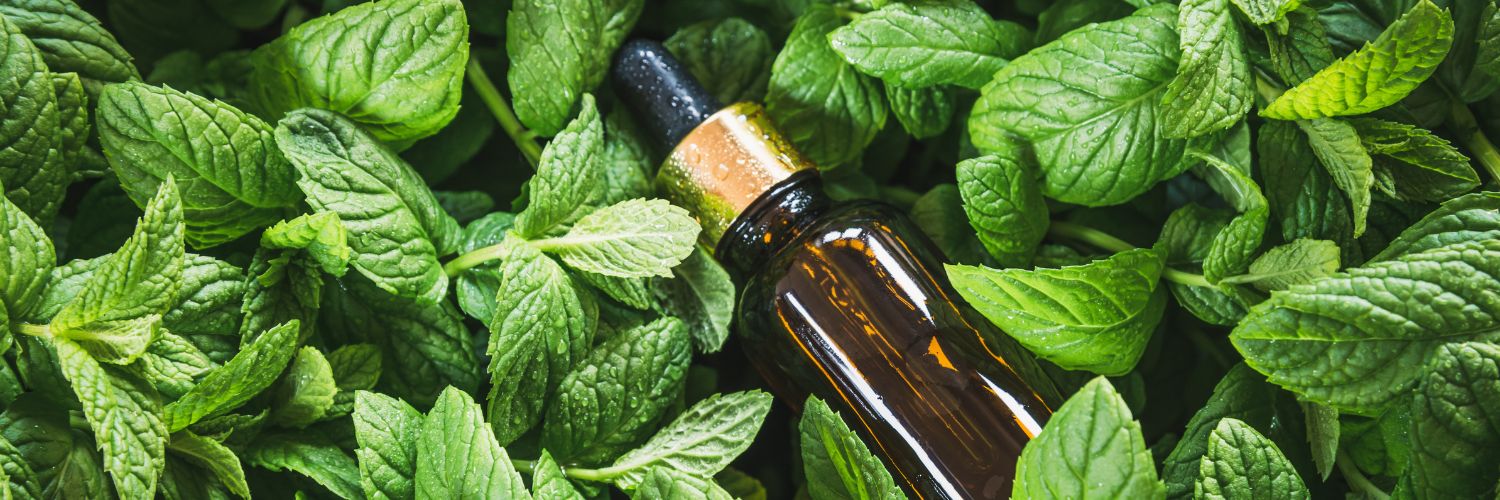Updated on August 18th, 2025
Healthy plants aren’t just about water and sunlight—silica plays a powerful role too.
Silica strengthens stems, helps plants stand tall and boosts their natural defenses against pests and challenges like heat, drought or weak soil. With the right source of silica, you can support stronger growth and long-term plant health in the simplest way possible.
What is silica for plants? Nature’s secret to stronger growth
Silica is one of the most abundant minerals on earth, naturally found in sand, soil and rocks. In gardening, it acts less like a fertilizer and more like a hidden support system—strengthening cell walls, encouraging deeper root growth and helping leaves stand upright. This “invisible backbone” gives plants the durability to thrive in variable environments.
Ancient farmers observed that soils rich in silica produced sturdier crops and today, gardeners use silica for houseplants and garden plants alike to improve strength without relying solely on fertilizers.
What does silica do for plants? The science of strength and resilience
While the “what is” explains silica’s role, the “what does” reveals how it works once inside the plant. After absorption, silica (often delivered as potassium silicate or wettable silica) deposits directly into cell walls and root tissues, reinforcing structure and resilience. This interaction with soil chemistry and plant physiology leads to measurable improvements in growth and stress tolerance.
Research confirms silica’s benefits: peer-reviewed studies show silicon supports stronger stems, healthier microbiomes and better water regulation (Khan et al., 2024, Journal of Advanced Research). A soil fertility specialist further notes its role in boosting pest resistance and overall plant vitality.
Here’s how silica for plants works in practice:

- Enhanced physical strength: Silica thickens cell walls, producing sturdier stems and leaves. Tomato plants treated with silica, for example, can better support fruit during heavy rain and strong winds. Stronger root systems also improve nutrient and water uptake, helping plants thrive in variable conditions (Rutgers FS1278).
- Improved resistance to pests and disease: Silica deposits form a fine abrasive layer on leaves, discouraging pests like aphids and spider mites. Extension studies also show silica can reduce disease severity, making it a natural botanical complement to plant protection (Rutgers FS1278).
- Stress mitigation and energy boost: Silicon helps regulate water during drought, reduces freezing injury and supports efficient photosynthesis. Studies confirm that silica-treated plants maintain higher chlorophyll levels and sustain growth under abiotic stress (Khan et al., 2024, Journal of Advanced Research).
Transparency note: Silica is not a cure-all. Its effectiveness depends on soil type, plant species and consistent application. Best results come when combined with proper watering, nutrient management and general plant care.
How to use silica for plants: Simple methods for every gardener
Dr. Killigan’s Dust to Dust is more than just a pest powder—it’s a complete solution for healthy resilient plants. Its formula provides dual benefits: silica strengthens plant structure giving stems and leaves the support they need to thrive while peppermint and rosemary essential oils create a natural barrier against pests like fungus gnats, weevils and beetles and fungal growth.
Peppermint and rosemary essential oils—when properly diluted—act as potent fumigants against a range of plant threats. Peppermint’s menthol provides biocidal and repellent power, while rosemary oil has been documented to deter many insect species. Together, they enhance Dust to Dust’s protective benefits alongside the strengthening action of silica.

Simple ways to add silica to your plants:
- Silica spray for plants: Mix 1 part Dust to Dust with 8 parts water. Use as a foliar spray or to water your plants, delivering silica directly to leaves and roots
- Soil incorporation: Mix Dust to Dust into the soil when repotting or preparing new garden beds. This ensures roots absorb silica efficiently, improving structural support and overall plant resilience
- Top dressing: Apply Dust to Dust as a thin layer on the soil surface. As you water, silica gradually seeps down to the roots, strengthening established plants without disturbing them
Tip: For gardeners exploring other options, potassium silicate for plants works similarly to reinforce cell walls and improve stress tolerance. Dust to Dust, however, combines structural benefits with natural pest protection for a more complete solution.
Why gardeners trust Dr. Killigan’s Dust to Dust for plant silica
Strong, resilient plants don’t just happen—they’re built with the right foundation. Adding silica for plants gives them that structural edge, helping leaves stand firm, roots dig deeper and defenses hold strong against stress. With Dr. Killigan’s Dust to Dust, you get more than just a silica spray for plants—you get a dual-action formula that combines silica with essential oils to protect, strengthen and sustain growth.
For gardeners who want results without harsh chemicals, it’s the easiest way to add silica to plants and see the difference in every leaf, stem and bloom.




